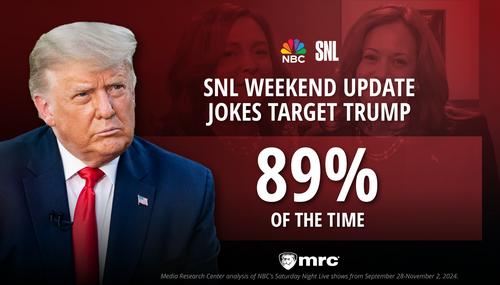CNN amped up the alarmism about swine flu April 30 when co-host John Roberts interviewed Dr. Martin Blaser of NYU without rounding out the segment with other opinions.
Roberts asked Blaser to put the virus, which had already sickened 109 people in ten states, “in perspective.”
Blaser responded, “This is a pandemic. It’s all over the world. Right now it’s early and it’s mild so everybody’s at risk. But right now the risk is low.”
On April 29, the World Health Organization raised its alert level to stage 5, which “is characterized by human-to-human spread of the virus into at least two countries,” according to WHO Web site. Phase 6 is “the pandemic phase.”
Roberts also asked Blaser to respond to a prediction by John Barry, author of a book about the worst flu epidemic in history, that this virus would act in the same manner.
“John Barry, who wrote a fabulous book on the 1918 flu pandemic called ‘The Great Influenza’, thinks this is just the opening act of a very long play. That this virus is probably going to go away for a little while and then maybe next winter or early next year come back with a vengeance. What do you think?” Roberts asked.
Blaser said, “I think that’s the most likely scenario because of, because influenza is very influenced by the season and in 1918 it came. There was a little bump in the early summer. It went underground and then it did come back with a vengeance. And that would be predictable here.”
Roberts didn’t mention that the 1918 Spanish flu killed an estimated 50 million people or ask Blaser if he was suggesting that there might be such serious loss of life if the swine flu returns. He also didn’t mention the views of others who think the H1N1 virus will be less severe than even seasonal flu -- which takes an estimated 36,000 lives a year in the
According to the Los Angeles Times, “scientists studying the virus are coming to the consensus that this hybrid strain of influenza -- at least in its current form -- isn't shaping up to be as fatal as the strains that caused some previous pandemics.”
The Times cited a few scientists including Richard Webby, an influenza virologist at St. Jude Children’s
“‘There are certain characteristics, molecular signatures, which this virus lacks,’ said Peter Palese, a microbiologist and influenza expert at
The bottom line, according to the Times, was that we probably wouldn’t see this flu “dwarf a typical flu season.” One applied mathematics professor, Dirk Brockmann, told the Times his worst-case scenario based on a computer model would result in 1,700 people sick after four weeks.





